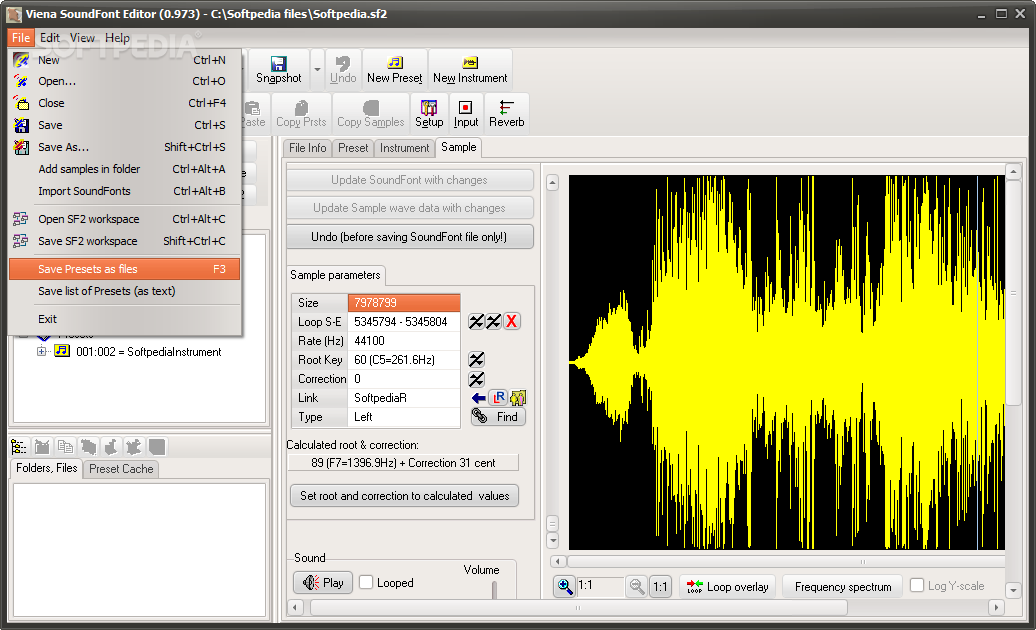

It's sound color is probably the least vital to the ensemble. If Vocals are a necessity, I suggest removing the English Horn over any of the string modes or octave variants (Flute/Piccolo or Clarinet/Bass Clarinet). The disadvantage is the lack of some of the more exotic percussion, as well as saxophones (which aren't in a Full Orchestra, just so you know) and vocals. SoundFonts, and DLS sample playback modules, and four physical modelling synthesizers the CL-1, FL-1, BW-1, and HS-1 which model the clarinet, flute. The advantage to this selection is the range of instrumental colors. That list is 11 percussion sounds, meaning one for every line (5) and space (6) Speaking of percussing, here is a brief list of some unpitched percussion you may want to use:Īt least three timbers of Crash Cymbals (deep, medium and light) usr/share/soundfonts/fluid-soundfont-lite-patches/FluidR3GM-B0/Clarinet.pat, 290.86 KB. Well my friend, this is a compilation of famous sounds of the regional music of my country called Banda Sinaloense and other sounds of the North region of. *I don't know if it's possible to program a different percussion instrument in for each pitch. Summary, Pro-quality General Midi soundfont in GUS patch format.

If you have 19 instruments, and one of them is pitch-assigned percussion* (a different percussion instrument per pitch), here is what I recommend:Ĥ-Piccolo (to add the extra octave above the staff without writing above the staff)ħ-English Horn (ironically neither English or truly a horn)ĩ-Bass Clarinet (again, for the pitch differentiation) I have some experience for full orchestral composing (although none with Mario Paint)


 0 kommentar(er)
0 kommentar(er)
